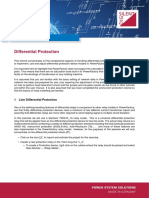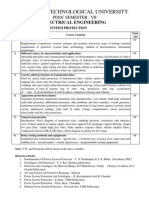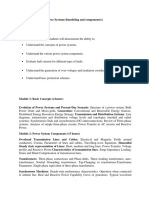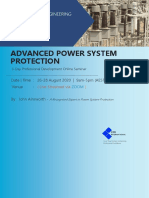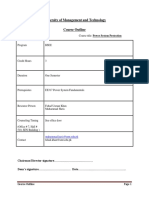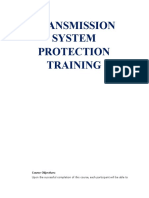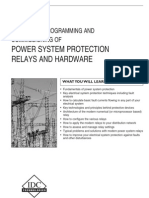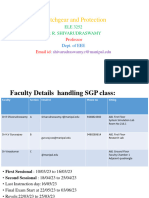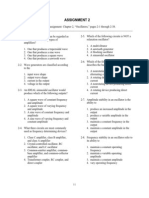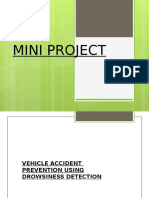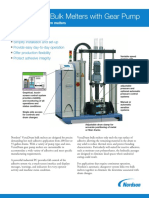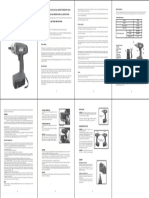0% found this document useful (0 votes)
26 views4 pagesAdvanced Course Protection - Program - Elearn - PRO - EN - 23
The document outlines an advanced training course on protection systems, focusing on overcurrent protection and its applications in industrial networks. It includes ten modules covering topics such as directional overcurrent protection, distance protection, differential protection, and communication among multiple relays, with estimated times for each module. Exercises are provided for practical application of the concepts learned in each module.
Uploaded by
tetianakoval07Copyright
© © All Rights Reserved
We take content rights seriously. If you suspect this is your content, claim it here.
Available Formats
Download as PDF, TXT or read online on Scribd
0% found this document useful (0 votes)
26 views4 pagesAdvanced Course Protection - Program - Elearn - PRO - EN - 23
The document outlines an advanced training course on protection systems, focusing on overcurrent protection and its applications in industrial networks. It includes ten modules covering topics such as directional overcurrent protection, distance protection, differential protection, and communication among multiple relays, with estimated times for each module. Exercises are provided for practical application of the concepts learned in each module.
Uploaded by
tetianakoval07Copyright
© © All Rights Reserved
We take content rights seriously. If you suspect this is your content, claim it here.
Available Formats
Download as PDF, TXT or read online on Scribd
/ 4













